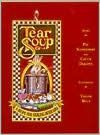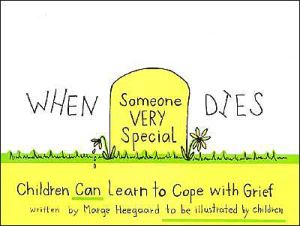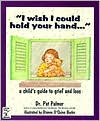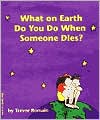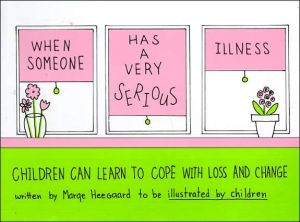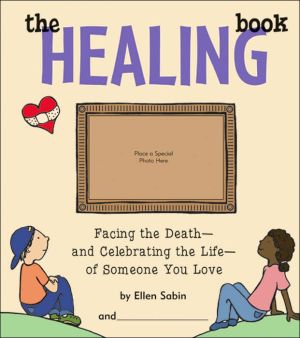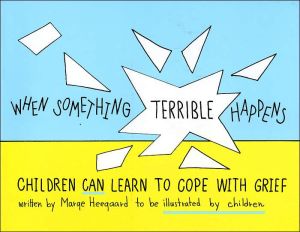Mummies, Bones and Body Parts
Search in google:
Describes the wide variety of human remains, the use and abuse of them, what they reveal about life in the past, and contemporary attitudes toward the dead.KLIATTThis brief presentation is broad in scope, and should satisfy the curiosity of any student interested in the subject of mummies. The text is abbreviated; each of the book's photographs is a proverbial thousand words. The scope of the book is broad, insofar as it goes beyond the mummies of ancient Egypt. This is perhaps the chief quality that recommends it as a learning tool, namely that it quickly informs the reader of the geographical and historical breadth of mummies. The presumed audience is someone completely new to the subject. A wide variety of topics are considered, including variety of locations for mummy burials (e.g., bogs, mountains, desert), what one can learn from examining mummies, how one conserves their remains, and the sale of mummies for profit. Certain famous mummies, including the Iceman (the oldest known European) receive particular attention. The text is straightforward and hardly dense; the photographs will attract most of the reader's attention. The book concludes with a glossary and a selected bibliography. KLIATT Codes: JS—Recommended for junior and senior high school students. 2000, Lerner/First Avenue Press, 64p, illus, bibliog, index, 21cm, 99-050516, $7.95. Ages 13 to 18. Reviewer: John Rosser; Professor, Boston College, Chestnut Hill, MA, November 2000 (Vol. 34 No. 6)
\ KLIATTThis brief presentation is broad in scope, and should satisfy the curiosity of any student interested in the subject of mummies. The text is abbreviated; each of the book's photographs is a proverbial thousand words. The scope of the book is broad, insofar as it goes beyond the mummies of ancient Egypt. This is perhaps the chief quality that recommends it as a learning tool, namely that it quickly informs the reader of the geographical and historical breadth of mummies. The presumed audience is someone completely new to the subject. A wide variety of topics are considered, including variety of locations for mummy burials (e.g., bogs, mountains, desert), what one can learn from examining mummies, how one conserves their remains, and the sale of mummies for profit. Certain famous mummies, including the Iceman (the oldest known European) receive particular attention. The text is straightforward and hardly dense; the photographs will attract most of the reader's attention. The book concludes with a glossary and a selected bibliography. KLIATT Codes: JS—Recommended for junior and senior high school students. 2000, Lerner/First Avenue Press, 64p, illus, bibliog, index, 21cm, 99-050516, $7.95. Ages 13 to 18. Reviewer: John Rosser; Professor, Boston College, Chestnut Hill, MA, November 2000 (Vol. 34 No. 6)\ \ \ \ \ Children's Literature - Children's Literature\ In this well-written and carefully organized book, the author of Mummies & Their Mysteries (1993) revisits the topic to see how scientists and forensic experts deduce information from mummified human remains. They try to understand how old the mummified person was, what killed them, and who they were. Dilemmas such as the disagreement in dates between the style of clothing worn by the dead person and a carbon dating method that places the body 300 years older are discussed. Some of the mummies featured include the recently found Inca ice maiden and the Iceman discovered on the border between Austria and Italy. British bog mummies, the Calvert family from Maryland, Spanish flu victims from Alaska, American southwest remains, Caucasian remains found along the Silk Road and in China all raise specific questions about the past even as they provide new information. Clearly reproduced, varied, and interesting photographs reveal information that complements the text. The author herself aptly calls some of them "disturbing or even shocking" and while some represent ways not to treat the dead, the author repeatedly calls attention to respecting the remains even as scientists work with them. Also included are a glossary, index, and an excellent and extensive bibliography of very recent sources which would be useful to anyone researching the topic. 2000, Carolrhoda Books, Ages 10 to 14, $25.26. Reviewer: Susan Hepler—Children's Literature\ \ \ School Library JournalGr 5-9-This carefully researched, compassionate photo-essay addresses the discovery of human remains and the efforts made by scientists to date, identify, and discover their places in history. From desiccated mummies staring with empty eyes into eternity to dry bones and isolated body parts, forensic scientists, physical anthropologists, and paleontologists strain to decipher ancient messages whispering through time. Wilcox discusses the discoveries of a variety of remains (mostly ancient), the methods of their preservation, and the scientific techniques used in investigating them. The readable text also covers the attitudes of societies toward death and the reverence (or lack of it) by modern disinterrers toward their finds. The complementary photos, mostly in color, have a high "ick!" factor that may disturb some readers. The gruesome quality of the subject will superficially attract aficionados of horror films and novels, but those with deeper interest will focus on the scientific inquiry that is the basis of the book. Team this with James M. Deem's excellent Bodies from the Bog (Houghton, 1998), Donna M. Jackson's superb The Bone Detectives (Little, Brown, 1996), and Johan Reinhard's dramatic Discovering the Inca Ice Maiden (National Geographic, 1998) for a fascinating window into time.-Patricia Manning, formerly at Eastchester Public Library, NY Copyright 2000 Cahners Business Information.\ \ \ \ \ Kirkus ReviewsThe author of the award-winning Mummies & Their Mysteries (1993) returns to the intriguing subject of mummies. Here she explains how they are formed, how scientists use a variety of sophisticated techniques to learn about peoples and cultures of long ago, and some of the controversies surrounding the study of human remains. As with the previous title, the photographs presented here are striking, from the Inca child who appears on the front cover, to the mummy of Egyptian King Seti I, which appears on the back. Other photographs show some of the first tattoos, details of the Iceman, an Italian child who died of smallpox 400 years ago, the remains of light-haired Caucasian mummies from Xinjiang, China, and the well-preserved bodies of Philip Calvert, governor of Maryland from 1660 to 1661. The science is impressive, as carbon-14 dating, CT scans, DNA profiling, and X-rays are used to solve ancient mysteries. What were the people like? What did they eat? When did they die? What caused their death? What were the diseases they suffered? The author also discusses the controversies as different cultures clash over studying human remains. She mentions the Native American Graves Protection and Reparation Act which gives Native Americans control over native remains buried on government land or held in collections owned or funded by the government, and discusses former Egyptian President Anwar Sadat's, efforts to house Egyptian mummies in a more dignified way. Though Wilcox discusses respect for the dead, she nonetheless pictures the controversial "Human Body Art" of German artist Gunther von Hagens, and "Sylvester," a mummy used to greet customers in a shop in Seattle. Also pictured are theremainsof an outlaw put on display for 65 years as a moneymaking exhibit for a funeral parlor. The author concludes with a glossary, extensive bibliography including Web sites, and a detailed index. Intriguing science, dramatically presented. (Nonfiction. 9-13)\ \

